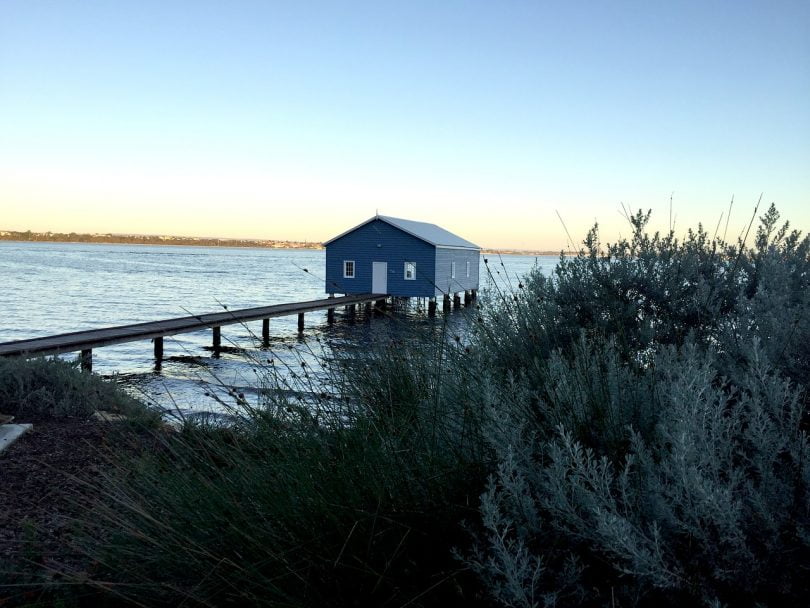Saving for first home can be difficult for many families. However, one can take advantage of tools and grants that can ease your way into the property market. One should ensure that the finances are in order before getting onboard with a savings plan before you make an initial deposit.
According to ThinkStock, the average house price in urban Australia is $585,000, which means that buyers need to save a 20 per cent deposit amounting to $117,000, which is a huge ask. House prices continue to soar making it tougher for several buyers to get their own property.
Many lenders allow deposits of around 10 per cent, and thus they could save about $58,500 from upfront deposits. However, they would be charged with lenders’ mortgage insurance that is a huge cost protecting the interests of the lender, and not the borrower. One should do an honest assessment of how much repayment one is capable of, over the length of a mortgage.
Aussie Home Loans’ John Symond as quoted in News Corp Australia states that the first step for home buyers is to work out a budget and work out the deposit amount with a simple savings plan. Direct salary payments can be worked into a separate bank account too.
Some more useful saving tips for first property buyers
Prepare a budget and then be committed to stick to it. Avoid spending on impulse purchases as ad hoc spending could stop you from owning your home. Use the money to pay up the home deposit first, in a savings account, with automatic transfer for every payday. Financial website Finder.com.au research revealed that Aussies need an average of 3.7 years to save on house deposits. It is tough, but one can make it.
Pay off credit cards along with any personal loans so that there are less liability to start off. Reducing debts will boost your borrowing power and your credit score too. Record and analyze monthly expenditure to reveal opportunities for all kinds of savings. Write down miscellaneous expenses on presents and meals out too. Now cut down on inessential expenses and put the same for your deposit fund. Look around for great deals. Check out the best service providers. Opt for low cost supermarkets or bundle insurance with an insurer that gives you good deal on payments and coverage.
Many people join forces with family members and sometimes friends to buy different kinds of property. Collaboration can be another way to fast-track purchases in property although one should analyze pros and cons for doing so, in the first place.
Saving on 20 percent in deposits could seem tough at the outset but with a strong and consistent savings plan, it is achievable.
One might have to make certain drastic lifestyle changes in terms of entertainment, living conditions and transportation to fulfill the dream of owning a property.
The extra costs involved…
If you are going to borrow about 80% of property’s value, Australian rules stipulate that you will be charged Lenders Mortgage Insurance (LMI) that varies depending on loan amount and percentage of property value being borrowed.
Then there is the stamp duty. The duty is calculated on the property’s real market value. Therefore, the more expensive the property, the higher is the stamp duty rate to be paid. According to Lendi, for properties worth between $80,001 – $300,000, a stamp duty of $1290 is payable, with $3.50 for every $100 over $80,000. In New South Wales for example, first home buyers are exempted from stamp duty for new and existing properties valued up to $650,000.
The additional costs in taking charge of the property involve fees including building inspection fees, pest inspections, loan application fees and property valuation fees too. Any sort of furniture removal, cleaning of rooms, insurance, electricity, telephone etc. also involve additional costs. Property buyers need to figure out how they can bear overlooked costs without hassles.









